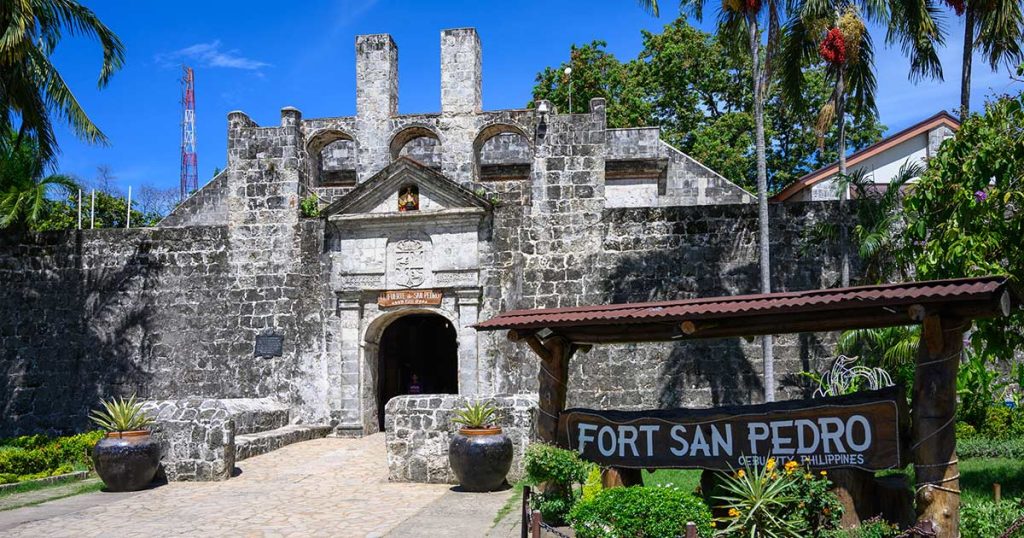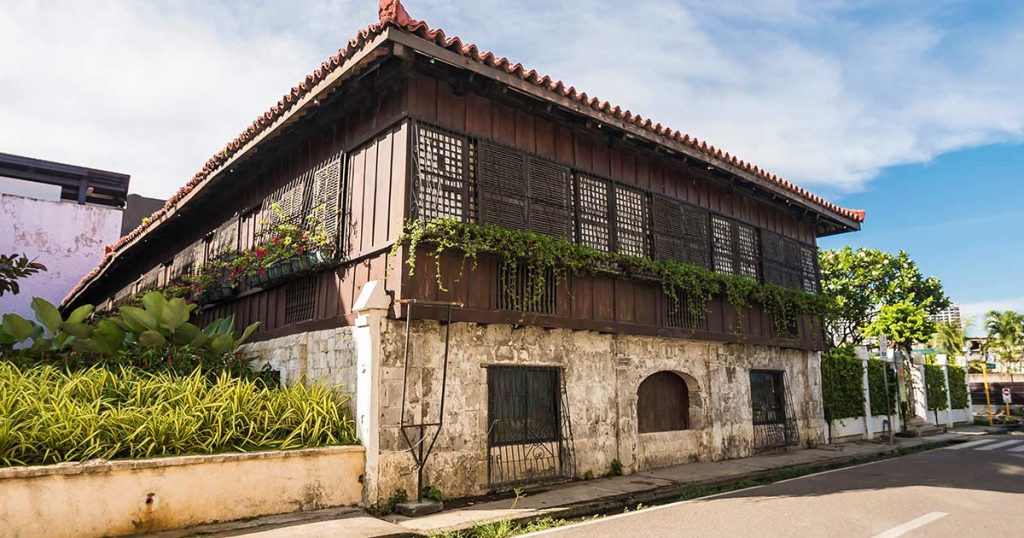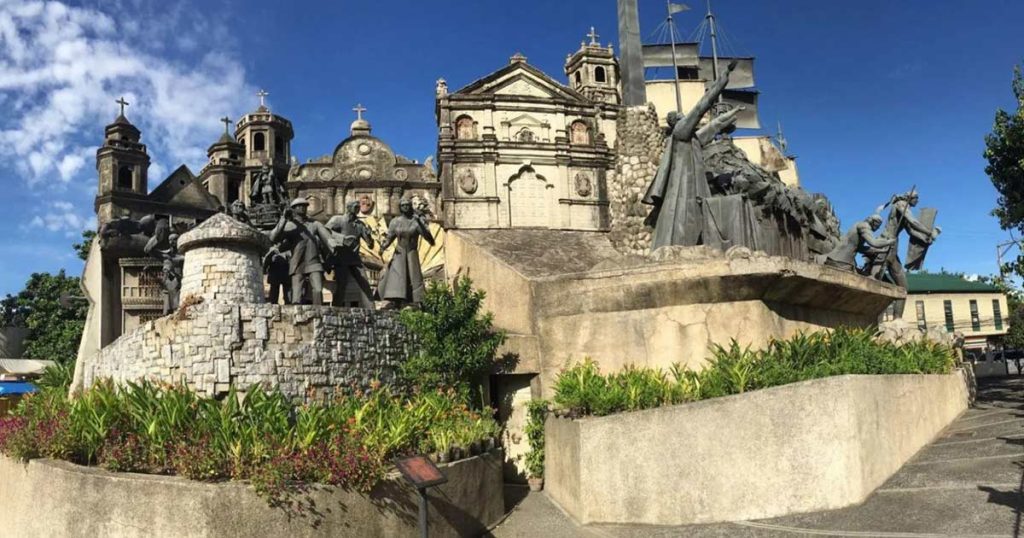Fort San Pedro Cebu: History, Attractions & Travel Guide
Introduction to Fort San Pedro and Its History
Welcome to the vibrant city of Cebu, where history comes alive in every corner. Nestled along its bustling streets and modern skyscrapers stands a testament to its rich past – Fort San Pedro. This iconic fortress has stood the test of time, guarding the shores of Cebu City for centuries. Its intriguing history, remarkable architecture, and captivating attractions make it a must-visit destination for travelers and history enthusiasts alike.
Step into Fort San Pedro and be transported back to an era of Spanish colonial rule. Let’s delve deeper into this fascinating historical landmark and uncover its secrets!
The Significance of Its Location and Design
The significance of Fort San Pedro’s location and design cannot be overstated. Situated strategically near Cebu City’s harbor entrance, it served as a defensive stronghold during colonial times. Its position allowed Spanish forces to monitor incoming ships and protect the city from potential invaders.
The fort’s design is a bastioned square with thick stone walls enclosing an inner courtyard. At each corner are triangular bastions, once manned with cannons, offering sweeping views of both land and sea. This strategic layout reflects classic Spanish military architecture and provided vital protection.
Today, its waterfront location also adds charm—visitors can enjoy panoramic views of Cebu City’s skyline while exploring its historic grounds.
Tourist Attractions and Activities Within the Fort
Inside Fort San Pedro, you’ll find more than just stone walls—it’s an experience in itself:
-
Museum Exhibits – Discover artifacts from the Spanish colonial era, World War II, and Cebu’s local heritage.
-
Beautiful Gardens – Stroll through manicured pathways surrounded by tropical greenery.
-
Watchtowers – Climb up and enjoy panoramic views of the city, perfect for photos.
-
Cultural Performances – Occasionally, local artists perform traditional music and dance inside the fort.
Whether you’re into history, photography, or relaxation, Fort San Pedro offers something for every type of traveler.
Historical Events That Took Place in Fort San Pedro
Fort San Pedro is a silent witness to Cebu’s most defining moments:
-
During Spanish colonization, it served as a stronghold against invaders and rebels.
-
In 1521, the nearby Battle of Mactan marked a clash between Ferdinand Magellan and Lapu-Lapu, sparking resistance to colonial rule.
-
In World War II, the fort was converted into an American army base after the Pearl Harbor attack.
Every stone within its walls carries stories of resilience, battles, and the evolution of Cebu’s identity.
Preservation Efforts and Restoration Projects
Since being declared a national historic landmark in 1957, Fort San Pedro has undergone continuous restoration. Government agencies, local communities, and heritage organizations work together to maintain its structure, conserve artifacts, and promote cultural education.
Guided tours, educational exhibits, and archival preservation projects ensure that its history remains alive for future generations.
How to Visit Fort San Pedro
Visiting Fort San Pedro is easy—it’s located in Cebu City’s port area, near Magellan’s Cross and the Basilica Minore del Santo Niño.
-
Getting there: Accessible via taxi or jeepney from most parts of the city.
-
Inside the fort: Explore the museum, climb the ramparts, or join guided tours for deeper insights.
-
Best time to visit: Morning or late afternoon to avoid the midday heat.
➡️ Your perfect Cebu itinerary starts here: our full Cebu travel guide
Conclusion: Why Fort San Pedro is a Must-Visit in Cebu City
Fort San Pedro is more than just an old fortress—it’s a living testament to Cebu’s history. With its strategic harbor location, Spanish-era architecture, lush gardens, and museum collections, it’s both educational and scenic.
Located close to other landmarks like Magellan’s Cross, Basilica del Santo Niño, and Colon Street, Fort San Pedro fits seamlessly into any Cebu cultural itinerary. Whether you’re a history buff, a photographer, or simply a traveler looking to connect with Cebu’s past, this fort deserves a spot on your list.




